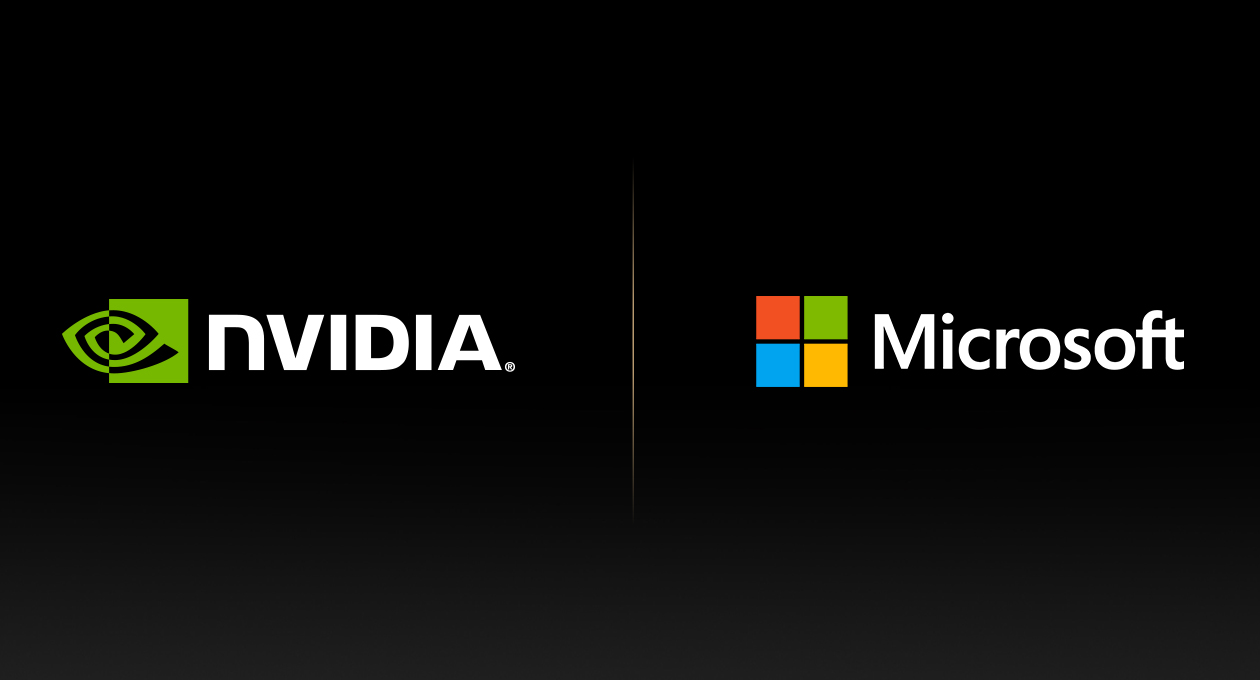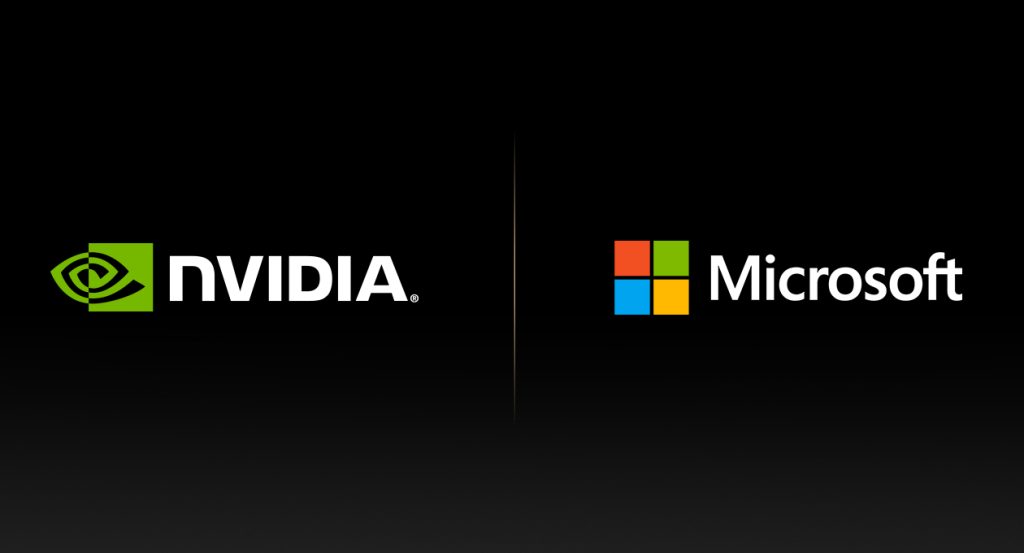
Agentic AI is redefining scientific discovery and unlocking research breakthroughs and innovations across industries. Through deepened collaboration, NVIDIA and Microsoft are delivering advancements that accelerate agentic AI-powered applications from the cloud to the PC.
At Microsoft Build, Microsoft unveiled Microsoft Discovery, an extensible platform built to empower researchers to transform the entire discovery process with agentic AI. This will help research and development departments across various industries accelerate the time to market for new products, as well as speed and expand the end-to-end discovery process for all scientists.
Microsoft Discovery will integrate the NVIDIA ALCHEMI NIM microservice, which optimizes AI inference for chemical simulations, to accelerate materials science research with property prediction and candidate recommendation. The platform will also integrate NVIDIA BioNeMo NIM microservices, tapping into pretrained AI workflows to speed up AI model development for drug discovery. These integrations equip researchers with accelerated performance for faster scientific discoveries.
In testing, researchers at Microsoft used Microsoft Discovery to detect a novel coolant prototype with promising properties for immersion cooling in data centers in under 200 hours, rather than months or years with traditional methods.
Advancing Agentic AI With NVIDIA GB200 Deployments at Scale
Microsoft is rapidly deploying tens of thousands of NVIDIA GB200 NVL72 rack-scale systems across its Azure data centers, boosting both performance and efficiency.
Azure’s ND GB200 v6 virtual machines — built on a rack-scale architecture with up to 72 NVIDIA Blackwell GPUs per rack and advanced liquid cooling — deliver up to 35x more inference throughput compared with previous ND H100 v5 VMs accelerated by eight NVIDIA H100 GPUs, setting a new benchmark for AI workloads.
These innovations are underpinned by custom server designs, high-speed NVIDIA NVLink interconnects and NVIDIA Quantum InfiniBand networking — enabling seamless scaling to tens of thousands of Blackwell GPUs for demanding generative and agentic AI applications.
Microsoft chairman and CEO Satya Nadella and NVIDIA founder and CEO Jensen Huang also highlighted how Microsoft and NVIDIA’s collaboration is compounding performance gains through continuous software optimizations across NVIDIA architectures on Azure. This approach maximizes developer productivity, lowers total cost of ownership and accelerates all workloads, including AI and data processing — all while driving greater efficiency per dollar and per watt for customers.
NVIDIA AI Reasoning and Healthcare Microservices on Azure AI Foundry
Building on the NIM integration in Azure AI Foundry, announced at NVIDIA GTC, Microsoft and NVIDIA are expanding the platform with the NVIDIA Llama Nemotron family of open reasoning models and NVIDIA BioNeMo NIM microservices, which deliver enterprise-grade, containerized inferencing for complex decision-making and domain-specific AI workloads.
Developers can now access optimized NIM microservices for advanced reasoning in Azure AI Foundry. These include the NVIDIA Llama Nemotron Super and Nano models, which offer advanced multistep reasoning, coding and agentic capabilities, delivering up to 20% higher accuracy and 5x faster inference than previous models.
Healthcare-focused BioNeMo NIM microservices like ProteinMPNN, RFDiffusion and OpenFold2 address critical applications in digital biology, drug discovery and medical imaging, enabling researchers and clinicians to accelerate protein science, molecular modeling and genomic analysis for improved patient care and faster scientific innovation.
This expanded integration empowers organizations to rapidly deploy high-performance AI agents, connecting to these models and other specialized healthcare solutions with robust reliability and simplified scaling.
Accelerating Generative AI on Windows 11 With RTX AI PCs
Generative AI is reshaping PC software with entirely new experiences — from digital humans to writing assistants, intelligent agents and creative tools. NVIDIA RTX AI PCs make it easy to get it started with experimenting with generative AI and unlock greater performance on Windows 11.
At Microsoft Build, NVIDIA and Microsoft are unveiling an AI inferencing stack to simplify development and boost inference performance for Windows 11 PCs.
NVIDIA TensorRT has been reimagined for RTX AI PCs, combining industry-leading TensorRT performance with just-in-time, on-device engine building and an 8x smaller package size for seamless AI deployment to the more than 100 million RTX AI PCs.
Announced at Microsoft Build, TensorRT for RTX is natively supported by Windows ML — a new inference stack that provides app developers with both broad hardware compatibility and state-of-the-art performance. TensorRT for RTX is available in the Windows ML preview starting today, and will be available as a standalone software development kit from NVIDIA Developer in June.
Learn more about how TensorRT for RTX and Windows ML are streamlining software development. Explore new NIM microservices and AI Blueprints for RTX, and RTX-powered updates from Autodesk, Bilibili, Chaos, LM Studio and Topaz in the RTX AI PC blog, and join the community discussion on Discord.
Explore sessions, hands-on workshops and live demos at Microsoft Build to learn how Microsoft and NVIDIA are accelerating agentic AI.


